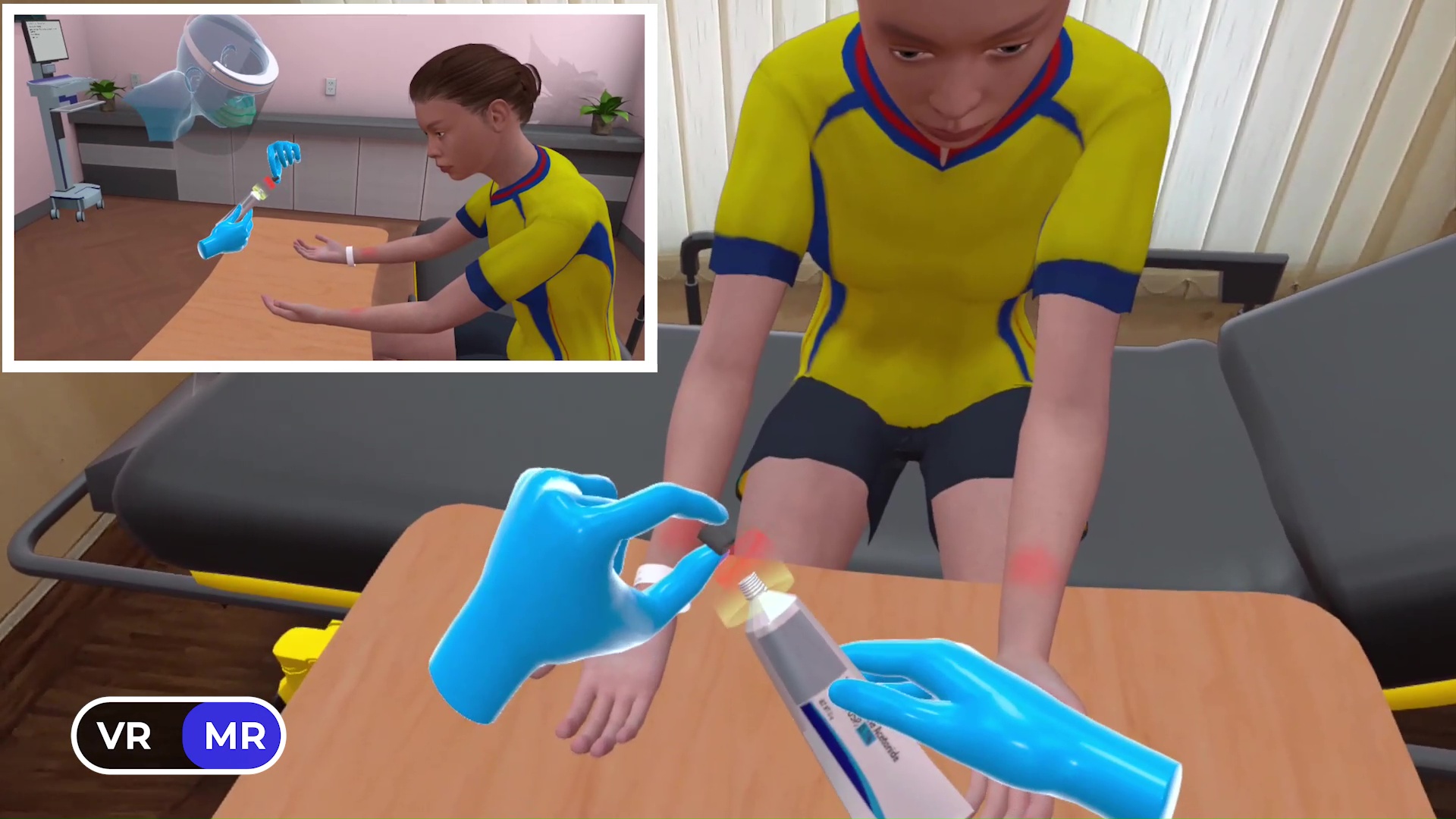Topical Medication Administration
Twenty-three-year-old Haley Anderson is visiting the emergency room as she has developed an extremely itchy rash on her arms. The doctor has prescribed a topical medication as treatment.
This VR simulation for Topical Medication Administration is designed to help healthcare practitioners practice the procedure of applying topical medication to a patient. Learners can practice the procedure in a safe and controlled virtual environment. With both training and assessment modes, learners can perform the procedure and assess themselves on their performance.
- Adopt standard hygiene procedure before medication application
- Follow clinically approved technique of applying prednisone cream
- Educate the patient on proper aftercare instructions
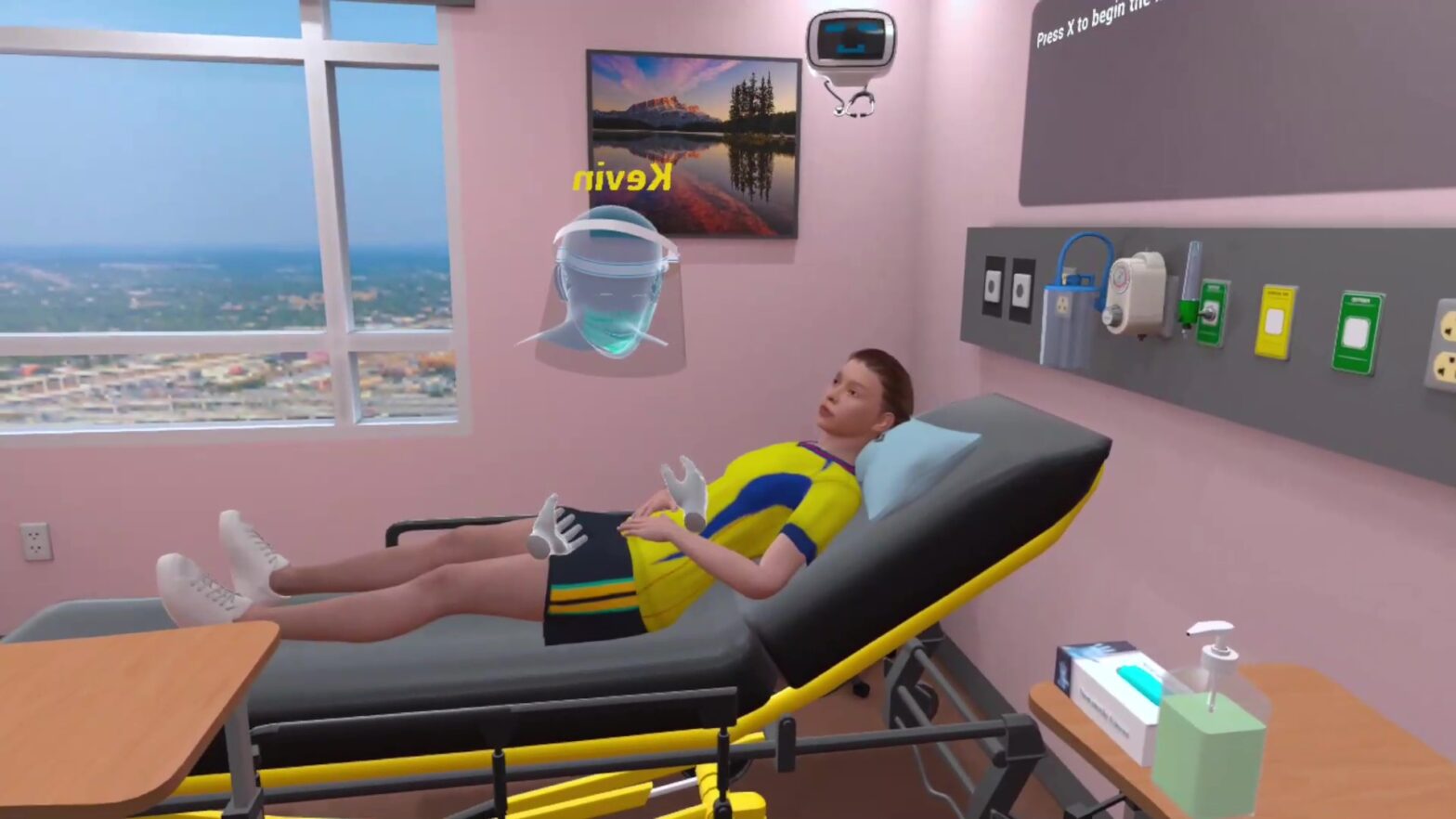
- Westbrook, J., et al. (2010). Association of interruptions with an increased risk and severity of medication administration errors. Archives of Internal Medicine, 170(8), 683–690. (Level IV)
Customize Your Program
Get rid of the editor. Adopt in-VR customization.
MedVR Education is bringing to you in-VR customization that will enable you to customize your procedural simulations by making selections from a range of feature choices.
- Select patient from a diverse background
- Choose preferred virtual environment
- Select equipment used in the procedure
- Modify difficulty level of the assessment mode
- …..many more to come
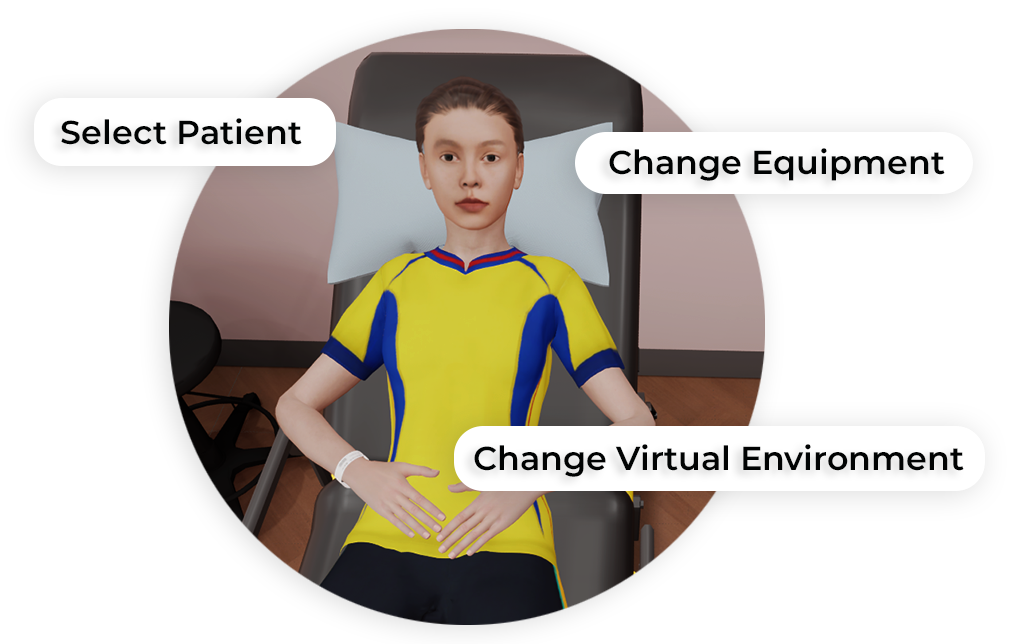
 Multi-playerSessions
Multi-playerSessions Physics-based Interactions
Physics-based Interactions
Core Skills Training
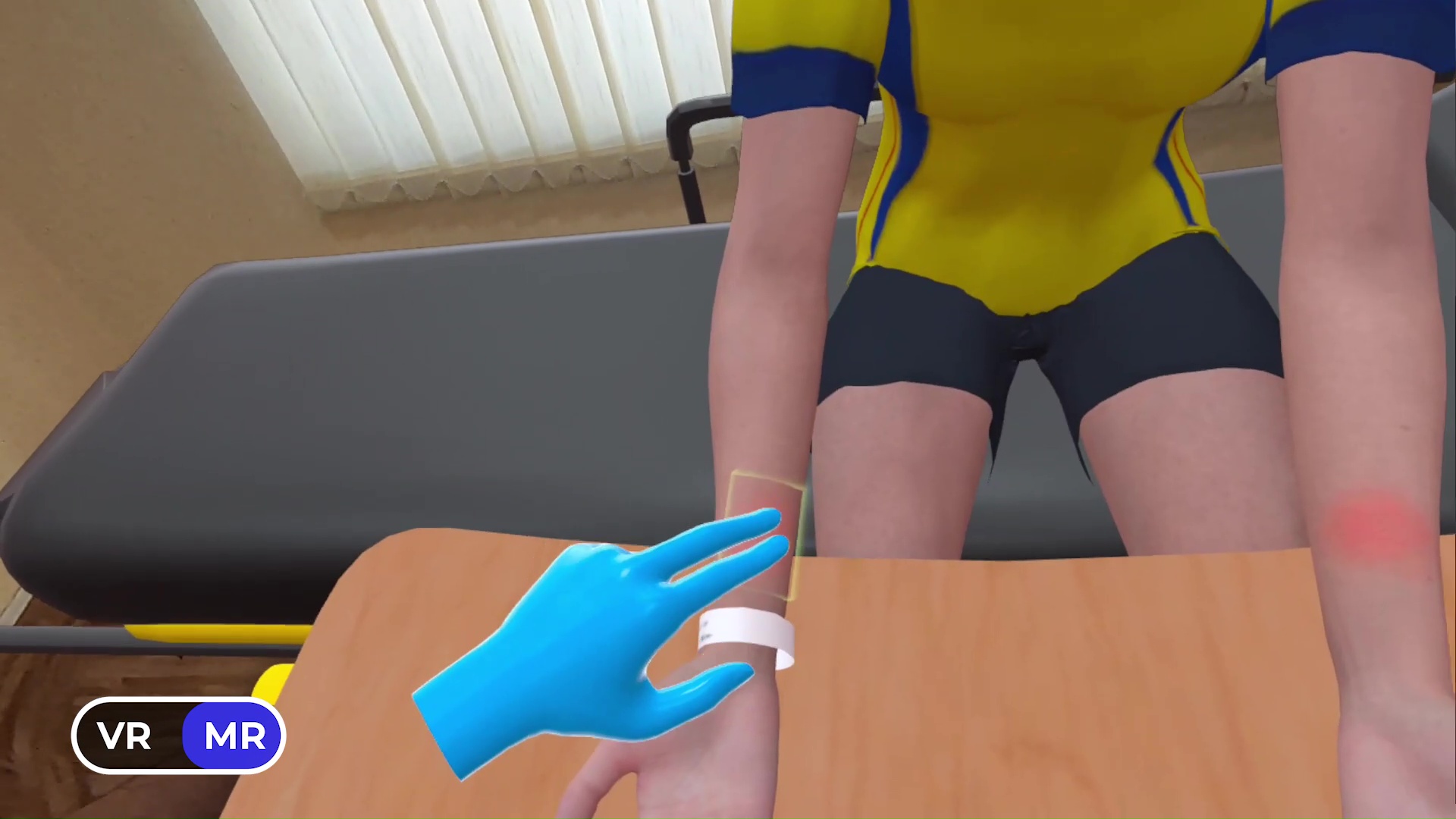
Topical Medication Administration
As a part of this Topical Medication Administration procedure, the user will begin by confirming the patient’s name and date of birth and enquire about any known allergies. The learner will then inform the patient of the procedure and ask the patient to wash the affected area at the sink, using soap and water. After the patient washes and dries their arms, the learner will apply the medication to the affected area. The learner will go on to educate the patient on aftercare instructions, inform about any possible side effects and steps to take in case of side effects of concern.
All necessary affordances a provided to complete the procedure with efficiency.
Training
With prompts, guidance and affordances learners are hand-held through the process to practice the procedure in a virtual environment with a virtual patient.
- Photorealistic virtual environment
- Physics-based interactions
- Detailed instructions
- Adequate affordances to assist in task completion
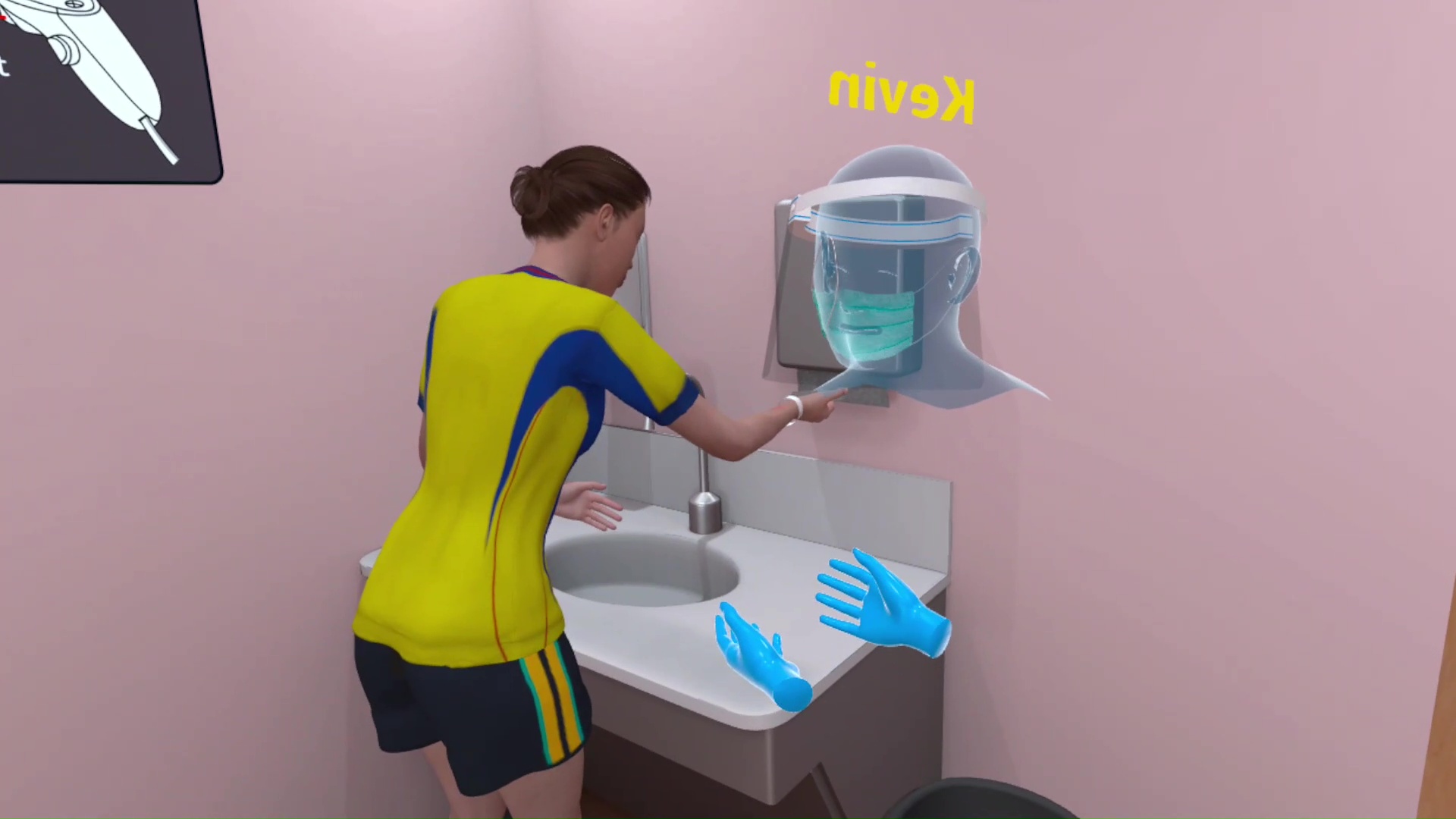
Assessment
Test acquired skills to perform the procedures from start to finish without prompts. An incorrect step will take the learner back to the start to start afresh.
- Live scoring
- Instant feedback
- Adequate affordances for efficient performance
- Time tracking to monitor activity completion
